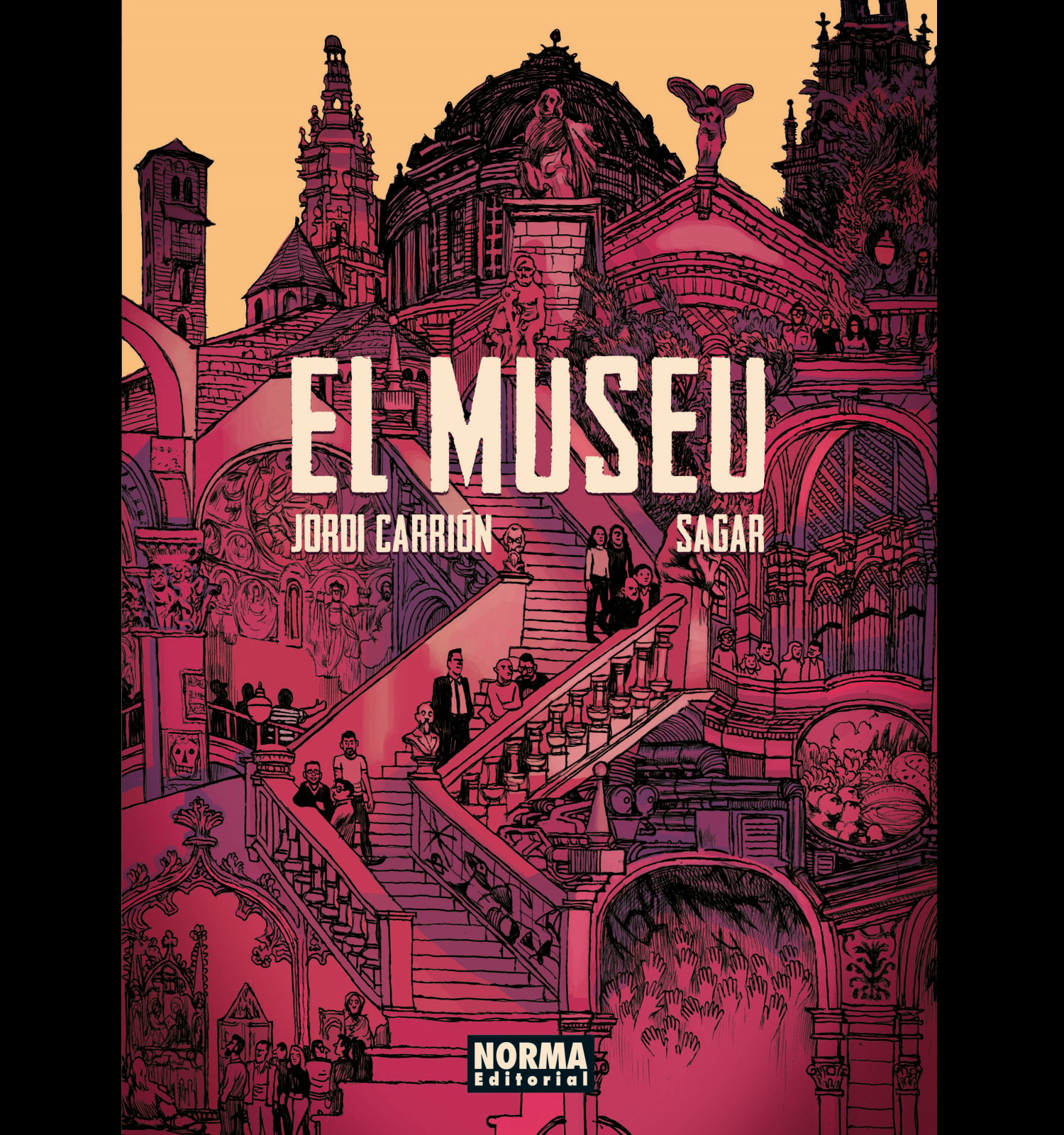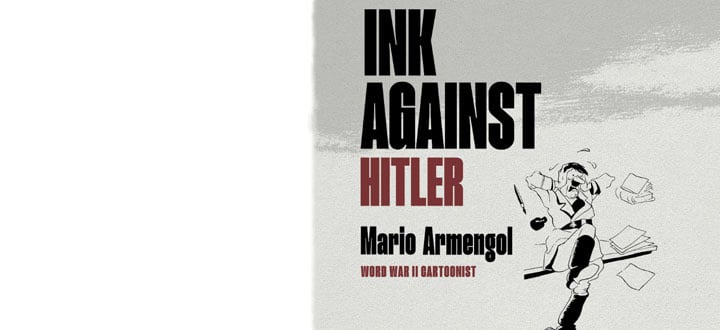The Museu Nacional d’Art de Catalunya and NORMA Editorial reunite the writer Jordi Carrión and the draughtsman Sagar in the graphic essay 'El Museu'
The Museu Nacional d’Art de Catalunya and NORMA Editorial reunite the writer Jordi Carrión and the draughtsman Sagar in the graphic essay 'El Museu'
The Museu Nacional d’Art de Catalunya and NORMA Editorial reunite the writer Jordi Carrión and the draughtsman Sagar in a project that is an essay in the form of a graphic novel
After approaching the Museu Nacional d’Art de Catalunya for the first time with Gòtic (Norma Editorial, 2018), the first essay in comic form published in Europe about a museum, the duo formed by the writer Jordi Carrión and the draughtsman Sagar have got back together in an even bigger enterprise: completing a polyphonic story from multiple angles of the Museu Nacional d’Art de Catalunya.
The new work by Jordi Carrión and Sagar talks about this and every museum, and also about the urge, so human, that leads us to preserve objects and works of art, and to become interested in their narratives and contexts. The book is at one and the same time a dynamic catalogue in vignettes of the Museum and a journey in time. Convinced that prehistoric caves were the first museums, the authors begin with the settlements on Montjuïc, the origin of Barcelona, in order to embark upon a journey through the history of the city, of Catalonia, and of the way of understanding these formidable “ordering machines” that are museums, as the authors defined them in their previous work.
Romanesque mural paintings, Gothic altarpieces and modern painting converge in this visual and narrative essay, in which some memorable figures appear, from the poet and priest Jacint Verdaguer, the father of Catalan rambling, to Picasso, attracted by the Romanesque altarpieces, via Francisco de Goya – with three works in the Museum’s collection, and who we shall see talking to Jovellanos – the painter Lluïsa Vidal or Carmen Amaya.
The Museum is also a place where people find themselves and leave their mark, whether they are part of the Museum’s team, or visitors, or a teacher who is teaching their pupils to pay attention to the details in the works on display.
Finally, El Museu is also a history of the gaze, how the way of looking has changed down through the centuries, from Altamira to Pixar, from the first artistic manifestations to internet and today’s world, connected via networks and contemplated on screens. “A museum is a machine for generating points of view, perspectives, frameworks, cuttings, frames”, says Carrión. “A museum is a map of fragments taken out of context, a constellation that represents an ecouniverse, an “other” universe. The parts of a whole that cannot exist”.
The Museu Nacional d’Art de Catalunya has been working for years to incorporate Comics in its collections. It has organized temporary exhibitions, some in collaboration with Còmic Barcelona, it exhibits them in the rooms of the permanent collection and it has now taken a step further, producing them.
Jordi Carrión is a writer, the cultural critic of The New York Times in Spanish, and has a PhD in Humanities from Pompeu Fabra University in Barcelona. He is the author of narrative essays, such as Librerías and Barcelona. Libro de los pasajes. With Sagar he published at Norma the journalistic investigation Barcelona. Los vagabundos de la chatarra, which was considered to be one of the most innovative comics of recent years.
Sagar, born in Zaragoza and brought up in Huesca, has lived in Barcelona since 1996. After studying Fine Arts at the University of Barcelona he started working in animation for advertising, designing sets with the company La Fura dels Baus, and he began publishing comics sporadically. First with the publishing house Dude, then Astiberri and EDT.
He worked on the designs and backgrounds of the film Chico y Rita by the Mariscal Studio, and he created the sets for the ballet The Rite of Spring, by Stravinsky, premiered in Paris in 2013. He has also done commissions for companies like Sony, La Caixa, or Fútbol Club Barcelona, and in different media publications. His latest works in the world of comics have been Barcelona. Los vagabundos de la chatarra, El síndrome de Stendhal and Gòtic, all of them published by Norma Editorial.














